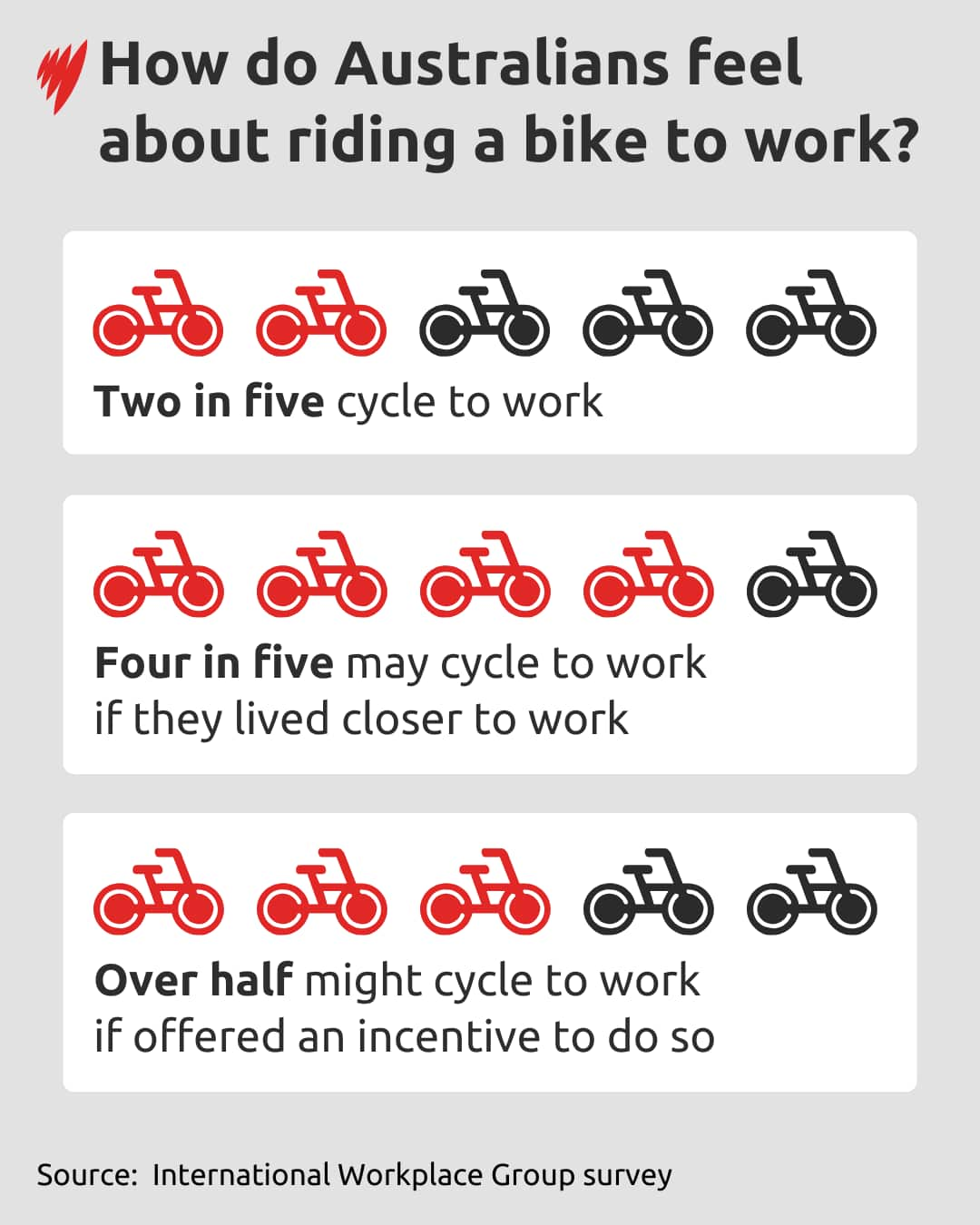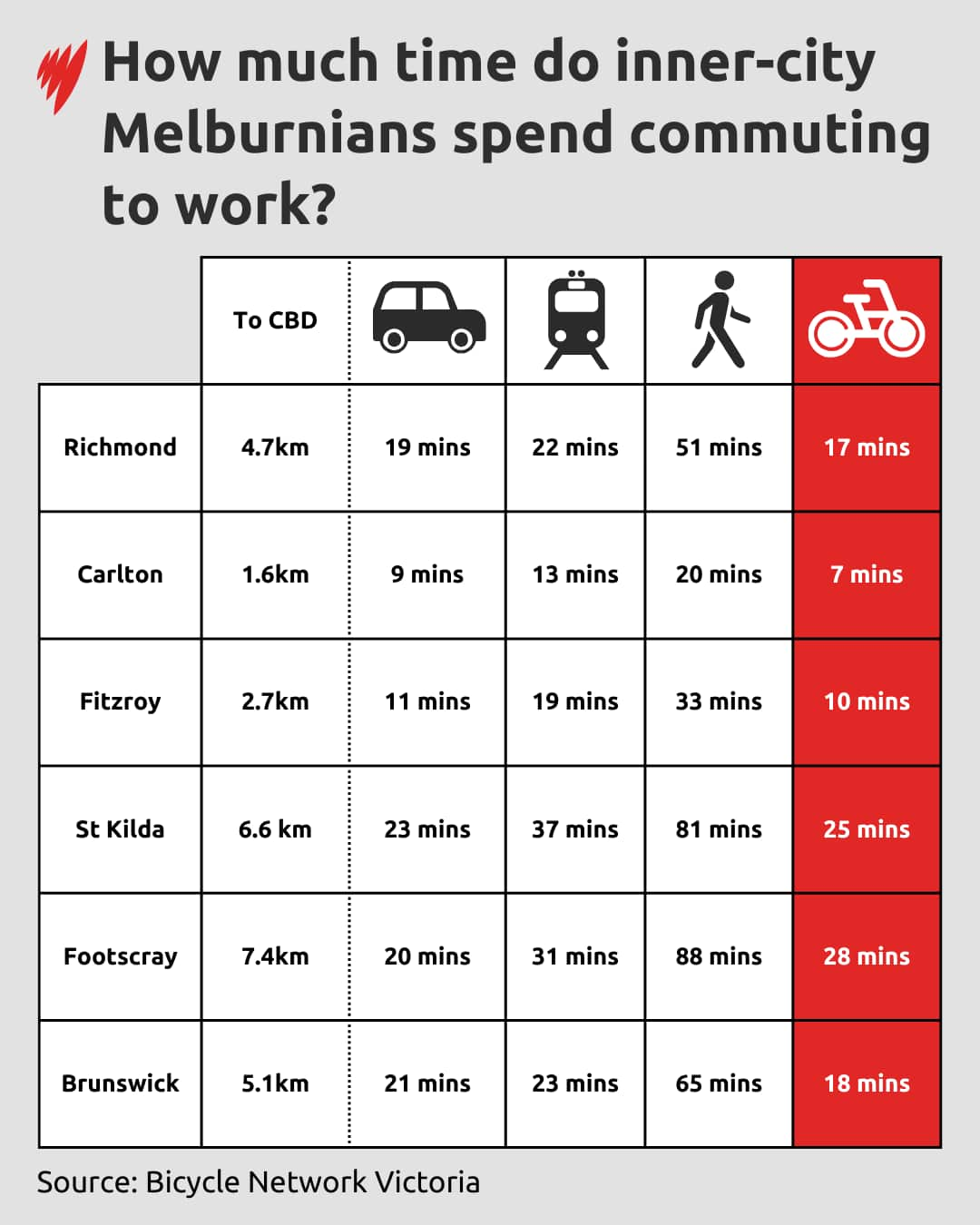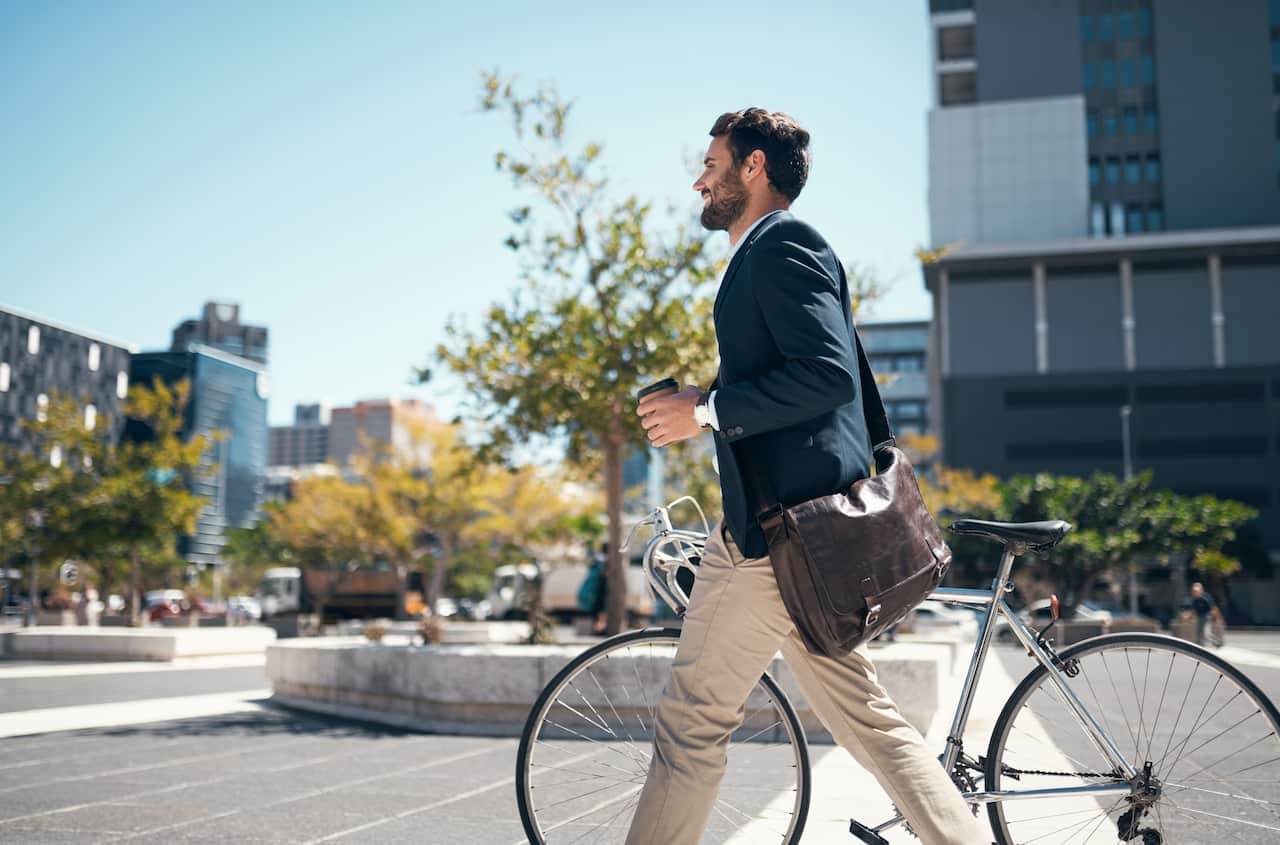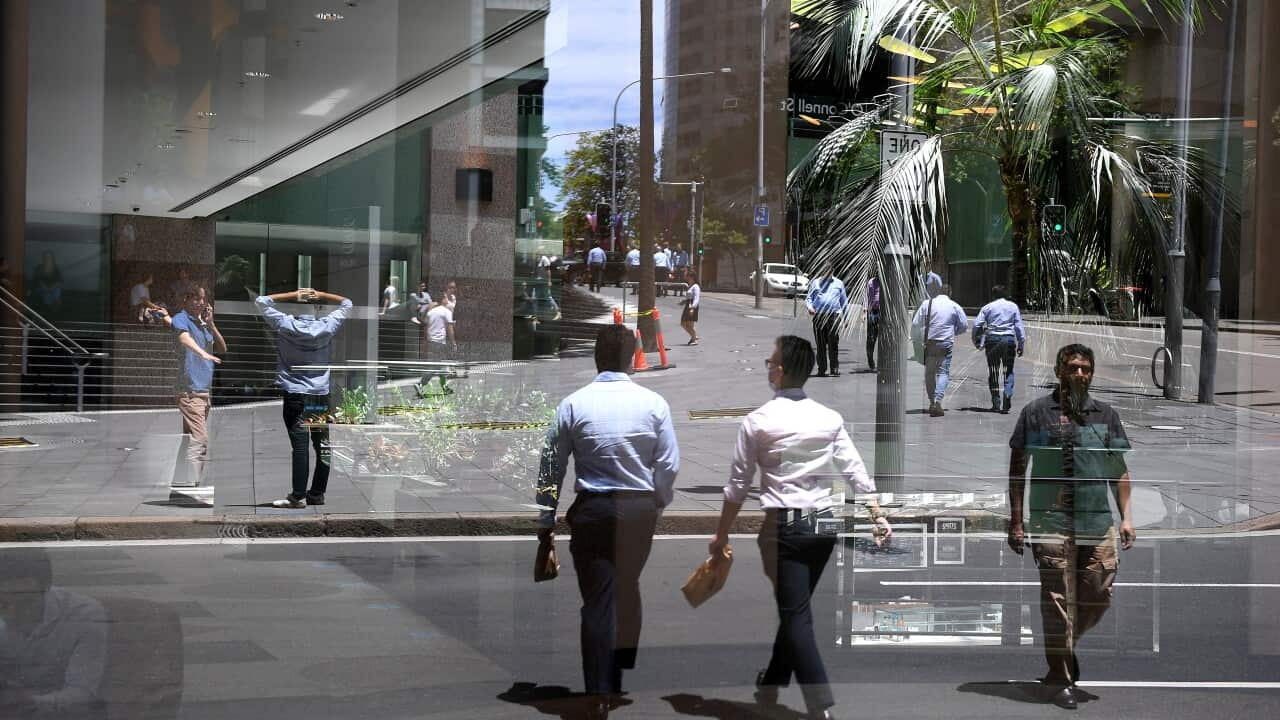Cycling to work could save Australians thousands of dollars each year — but very few are doing it.
Now, industry leaders are calling for more incentives to get people on their bikes.
How do Australian workers feel about cycling to work?
Sydneysider Tessa Cammell started cycling to work four months ago after buying her first e-bike.
The ride from her home in Sydney’s eastern suburbs to the inner city is 9km and takes her about 30 to 40 minutes each way.
She said riding to work has both health and financial benefits.
“I looked a lot at buying a car, but then I thought there are a lot of costs associated with that … and it kind of adds up quite quickly,” she said. “So, the bike was the perfect option for me, really, and I haven’t looked back, that was the best choice I’ve made this whole year,” she told SBS News.
While Cammell raves about the benefits cycling has brought to her life, she is in the minority.
Data from the 2021 Census shows less than one per cent of the 12 million Australians who travel to work, ride a bike to get there.
And in a recent survey of about 1,000 Australian bike riders by the International Workplace Group, two in five respondents said the cycle to commute to work
Damien Sheehan, the International Workplace Group’s regional senior vice president for Australia, said he was surprised by the results.
“You could assume that maybe it would’ve been higher,” he said. “I guess the fact there was only two in five could be [because] safety is a little bit of an issue for them depending on where they live,” he said.
Good for your pocket and your health
It’s an assumption backed up by Professor Melanie Davin, the director of the Australian Urban Observatory at Melbourne’s RMIT University.
She said Australia seriously lacks safe cycling infrastructure.
“Often the best you can hope for is paint on a road, and that’s supposed to be some sort of cycling infrastructure,” she said. So to me, one of the critical things would be, if we really want to move to that kind of sustainable, healthy living, we have to make a transport that active transport or public transport, the easiest way to move around our city, not the car.”
Out of all transport options, driving to work remains the most popular, but as Cammel says, it’s also the most expensive.
Data from Bicycle Network, a not-for-profit that promotes cycling around the world, has found commuting to work in a central business district five days a week by car costs the average commuter between $7,000-14,000 per year.
This means cyclists could end up saving thousands of dollars.
For Cammell, having showers and dressing facilities at her workplace made the transition to cycling a lot easier.
“I sort of get to work anywhere between 7.30am and 7.45am and then have a shower, put my makeup on, blow dry my hair. I have all my clothes packed in my bag, so that’s all ready to go, and my lunch is in there, and then I just stroll on up to work and get a coffee and eat my breakfast. And it’s quite leisurely,” she said.
The benefits of cycling are well-documented for both the environment and health.
A study published in the International Journal of Behavioural Nutrition and Physical Activity found 100 minutes of cycling per week reduces all-cause mortality by 10 per cent in adults.
Cammell said she’s seen her own fitness transform dramatically since she began riding.
“Going up and down the hills, I’m getting much better, noticing that I can ride into work, like not assisted by the battery so much. So stamina, and also the short bursts I’m getting a bit quicker at,” she said.
But the part she said she likes the most is the way it allows her to unwind.
“Sometimes it’s quite easy to get a bit caught up in your work day, and then you come home a bit grumbly and a bit stressed and a bit worked up. But because I’ve taken my bike home, it’s a nice way to just kind of let that out a bit, and it’s a nice offload,” she said.
Can employers incentivise cycling to work?
About half of those surveyed by the International Workplace Group agree employers should do more to support people who cycle, and Sheehan said there are many ways to do so.
“Incentives could be subsidies for purchasing a bike, financial support for cycling gear or even bike maintenance programs,” he said. “So, if employers can work on some of those areas, typically you’ll have happier and engaged employees which is good for all.”
Data from the 2021 Census shows less than one per cent of the 12 million Australians who travel to work, ride a bike to get there. Credit: shapecharge/Getty Images
But Sheehan also said distance is a major factor, with four in five of those surveyed saying they would be more likely to cycle to work if they had a workplace closer to home.
Sheehan said there’s even an ideal commute time.
“Allowing those people to commute 15 to 20 minutes, or ride 15 to 20 minutes, rather than the average commute time of 45 minutes, just giving them back some more of their time leads to happier and engaged employees which is good for the employer,” he said.
With a growing population, it’s clear a radical re-design of transport structures in cities, along with incentives for people to ride, will be crucial to see cycling rates increase across the country.
Australia marked National Ride to Work Day on 16 October.



